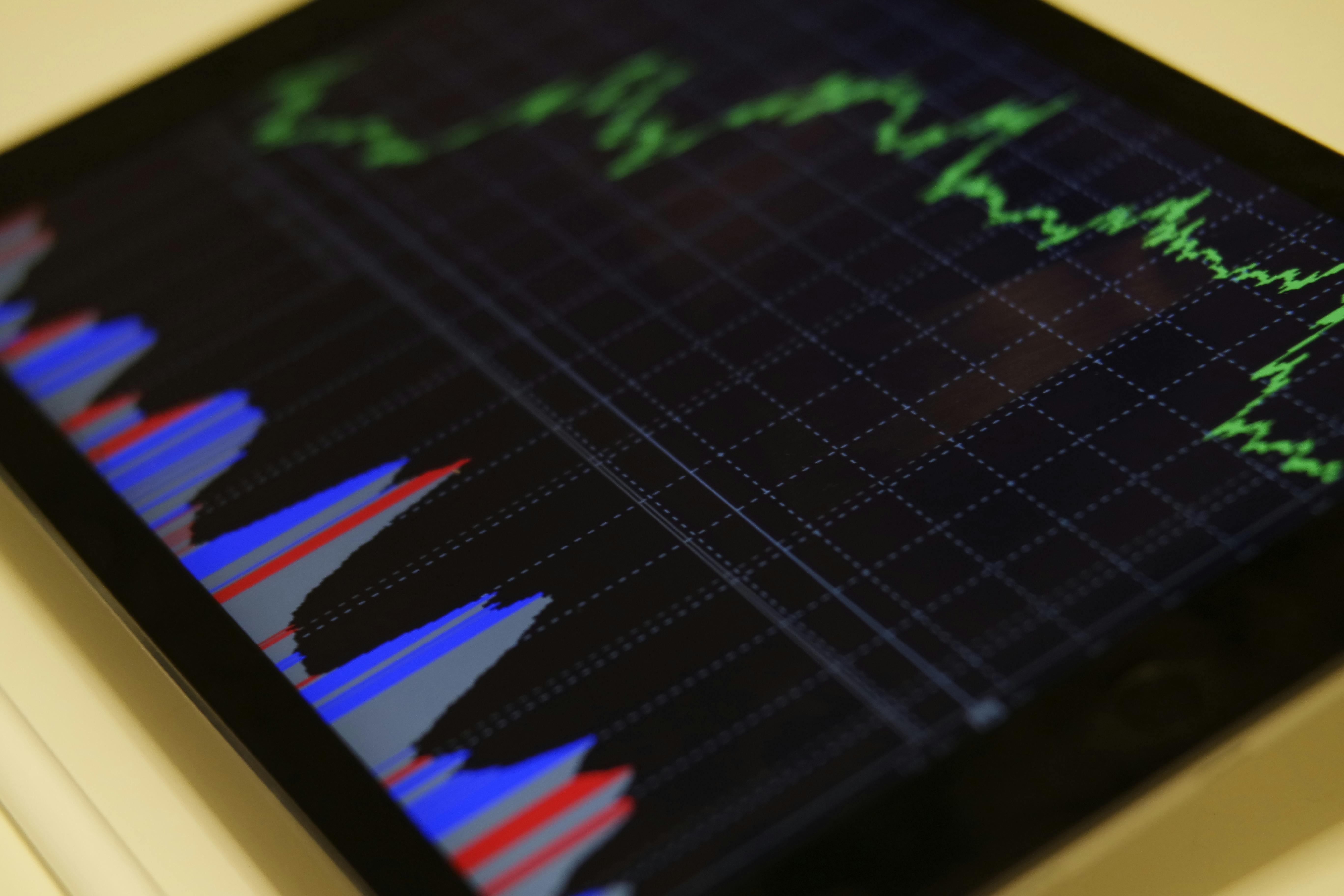What Are The Best Bank Accounts For Entrepreneurs?
by Phillip DurandAs a young entrepreneur, it doesn’t matter if you’re starting out or if…

by AI generated article - Chat GPT5
Foreign exchange, or forex, is the largest financial market in the world, with trillions of dollars exchanged daily. But unlike stock markets, which have centralized exchanges, forex operates over-the-counter — meaning trades happen directly between participants, usually via electronic networks. This is where forex trading platforms come into play. These platforms serve as the bridge between traders and the currency market, offering the tools, data, and order execution needed to participate in the fast-moving world of forex. While they may look similar at first glance, the differences between them can greatly impact your trading experience and, ultimately, your results.
A forex trading platform is essentially a software interface provided by brokers to their clients. It can be web-based, downloadable, or mobile, and it typically includes charts, news feeds, price quotes, and trade execution capabilities. Well-known examples include MetaTrader 4 (MT4), MetaTrader 5 (MT5), and cTrader, though many brokers also develop proprietary platforms tailored to their services. The interface is more than just a visual aid—it’s your command center for placing trades, setting stop-loss or take-profit levels, and monitoring the market in real time. Even minor delays or glitches in execution can make a noticeable difference, especially in a market where prices can change in milliseconds.
One of the most critical yet often overlooked aspects of a platform is its order execution speed. New traders might focus on chart designs or built-in indicators, but in forex—where spreads are tight and sudden moves are common—getting your order filled quickly and at the intended price is crucial. Some platforms are designed with ECN (Electronic Communication Network) technology, giving direct access to liquidity providers and often resulting in faster, more transparent execution. Others use a dealing desk model, where the broker is the counterparty to your trades. Understanding which system your platform uses can help you anticipate potential slippage or requotes.
Another key feature is the range and flexibility of analytical tools. Technical indicators, customizable chart types, and drawing tools are not just for professional traders; they help anyone spot trends, gauge momentum, and identify entry and exit points. While MT4 is famous for its large library of community-developed indicators and Expert Advisors (EAs) for automated trading, newer platforms like MT5 offer expanded timeframes, more order types, and an economic calendar built in. Meanwhile, cTrader is often praised for its clean interface and advanced charting capabilities. Choosing a platform with tools that match your trading style can save time and reduce errors.
Many traders underestimate the importance of stability and compatibility. If you are someone who trades while traveling or during work breaks, a platform’s mobile performance can be just as important as its desktop capabilities. Some brokers offer synchronized accounts, allowing you to place a trade on your phone and monitor it later from your laptop without missing a beat. Others integrate third-party tools, such as TradingView, for more in-depth analysis. Also, not all platforms are equally efficient in handling high volatility—something that can make or break trades during events like central bank announcements or geopolitical news.
Security is another area that deserves attention. Since forex trading involves handling sensitive financial information and transactions, a reliable platform should use strong encryption and have a clear record of security protocols. Reputable brokers also keep client funds in segregated accounts, and their platforms often include features like two-factor authentication to add an extra layer of protection. In the fast-moving online environment, overlooking this aspect can be a costly mistake.
Finally, it’s worth mentioning that the “best” forex trading platform is not necessarily the one with the most features or the most modern look—it’s the one that best fits your trading goals, skill level, and strategy. A beginner might value simplicity and educational resources, while a seasoned trader might prioritize algorithmic trading capabilities or deep customization. Many brokers offer demo accounts that replicate real market conditions, allowing you to test a platform before committing your capital. This step is often skipped by eager newcomers, but it’s one of the smartest ways to avoid future frustration.
In short, forex trading platforms are more than just a window into the currency markets—they are the tools that shape how you see, analyze, and execute trades. From speed and stability to analytical depth and security, each detail matters. Taking the time to understand these differences and test your options can be the difference between a smooth trading journey and a frustrating one. In the vast, unpredictable waters of forex, your platform is your vessel—choose wisely, and it will carry you far.
Photo by Burak The Weekender: https://www.pexels.com/photo/black-blue-and-red-graph-illustration-186461/